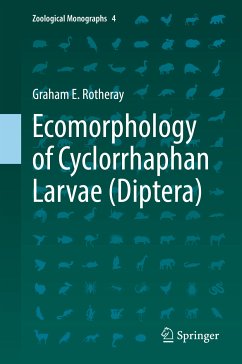Vincent Bels was born in Verviers, Belgium. His Ph.D. in Ethology and Functional Morphology at the University of Liège (Liège, Belgium) integrated theoretical concepts on morphology in feeding animals. He has used lizards as a model to clarify the process of behavioral ritualization in evolution. After completing his studies, he served as a Research Fellow and then Assistant at the University of Liège (Belgium). He then taught Biology, Zoology and Ecology and developed applied research methods for studying feeding behavior in domestic animals at the Hautes Ecoles (Hainaut, Belgium) and the Associated Agronomic Centre (Belgium). He is currently a Professor at the Muséum National d'Histoire Naturelle (Paris, France), where he has served as joint director of one Research Mixed Unit (CNRS/MNHN, France). He has taught Functional Morphology at the University of Mons (Belgium). Professor Bels belongs to the Scientific Committee of the Muséum National d'Histoire Naturelle (Paris, France), and serves in Scientific Sections of the Centre National de Recherche Scientifique (CNRS, France). He has authored over 90 peer-reviewed articles, 10 book chapters, and 6 books on feeding and locomotion in vertebrates. In 1994, he edited "Biomechanics of Feeding in Vertebrates" in the series Advances in Comparative and Environmental Physiology (volume 18) published by Springer. Professor Bels' research chiefly focuses on feeding, drinking and displays in lizards, turtles and birds, but he has also studied feeding and the relation between feeding and locomotion in vertebrates. His research goal is to integrate behavioral, physiological and morphological science into a comprehensive understanding of the "Form-Function" relationship of the trophic system in vertebrates. Ian Q. Whishaw received his Ph.D. from Western University and is a Professor of Neuroscience at the University of Lethbridge. He has held visiting appointments at the University of Texas, University of Michigan, Cambridge University, and the University of Strasbourg. He is a fellow of Clair Hall, Cambridge, the Canadian Psychological Association, the American Psychological Association, and the Royal Society of Canada. He is a recipient the Canadian Humane Society Bronze medal for bravery, the Ingrid Speaker Gold medal for research, the distinguished teaching medal from the University of Lethbridge and the Donald O Hebb Prize. He has received the Key to the City of Lethbridge and has honorary doctorates from Thompson Rivers University and the University of Lethbridge. He is a coauthor of a major introductory textbook in Behavioural Neuroscience and a major senior textbook in Neuropsychology. His research addresses the neural basis of skilled movement and the neural basis of brain disease. The Institute for Scientific Information includes him in its list of most cited neuroscientists. His hobby is training horses for western performance events.














